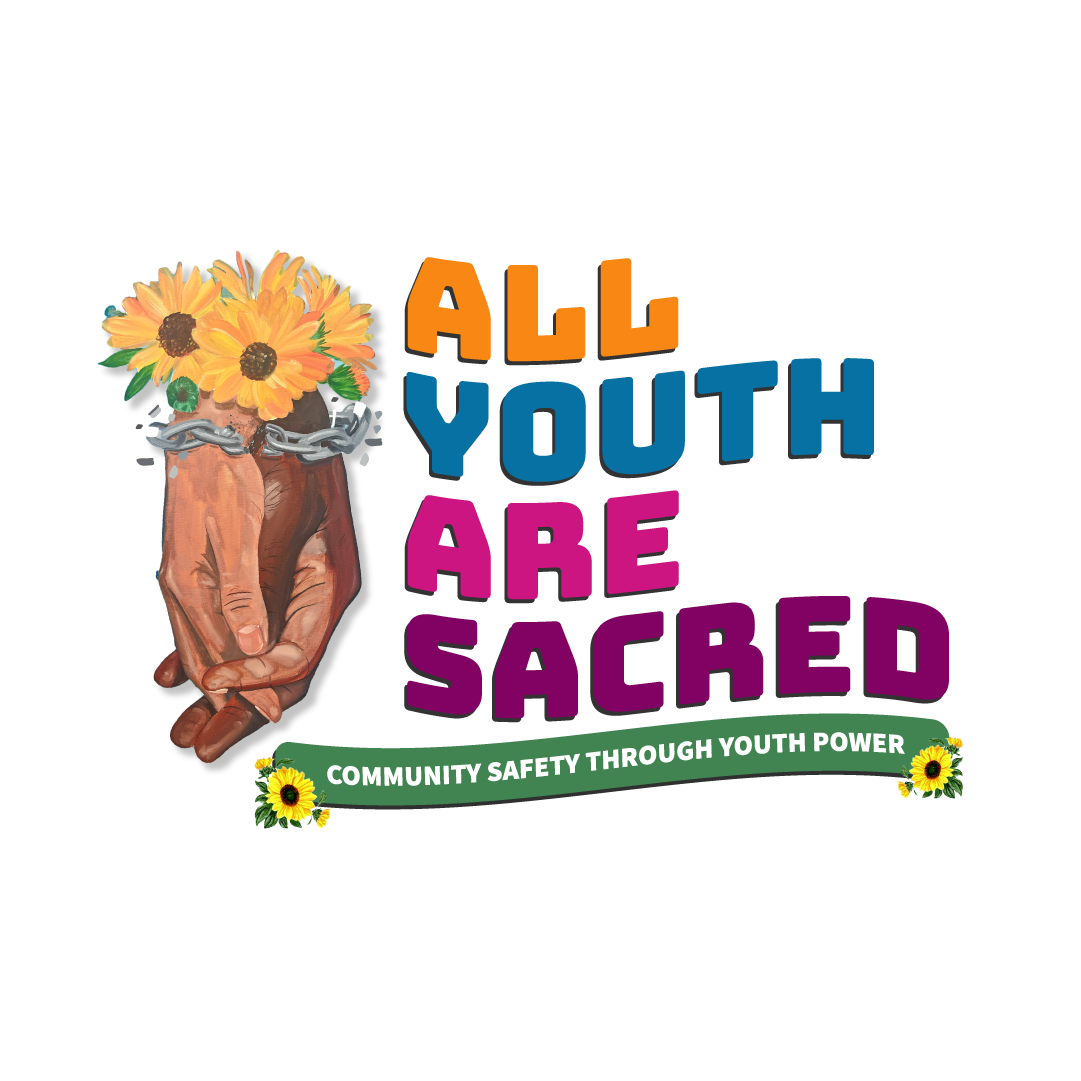The School to Prison Pipeline is a Direct Attack on Black and Brown Youth by Keyshaun
“ The school-to-prison pipeline is a disturbing national trend where students,particularly youth of color, students with disabilities, and those from low-income families are pushed out of schools and into the juvenile and criminal justice systems due to harsh school discipline policies, racial bias, and systemic inequality.
In the United States, schools are supposed to be safe places for learning and growth, but for many students, especially Black and Latino youth, they have become gateways to incarceration. This growing crisis known as the school-to-prison pipeline is not just about discipline; it’s about systemic failure. Harsh zero-tolerance policies, racial profiling, underfunded schools, and the presence of law enforcement in schools are pushing vulnerable students out of the classroom and into the criminal justice system. A young boy, who was 17 at the time, was walking home from school. During the walk home, he was walking with his neighbor's autistic son. Just because he was Black, he had an uneasy feeling coming to him and knew this was the time cops took patrol of the neighborhood. As he guessed right, a cop came patrolling from the top of the neighborhood block, stopping at the bottom of the block corner getting ready to make a right. As soon as they saw the young black boy, they came over, rolled down the block, and racially profiled him. Then they turned their car around, but his neighbor's mom stepped out, seeing the ongoing situation. She handed the young boy some water and the cops made their turn. If she never stepped out, the boy would've got arrested for the color of his skin. I was that boy.
On December 6th of 2024 , an eighth grade student named Sal'Vyion Torres was violently assaulted by a parent at Ernest Lawrence Middle School in Chatsworth. A white parent at the school physically assaulted Sal'Vyion and used racial slurs, including the N-word. The parent threw Sal'Vyion to the ground and knelt on his neck. Sal'Vyion suffered a concussion, contusion, neck sprain, and a closed head injury. Principal Andrés Flores, failed to take meaningful action or protect the students from further harm, and that Flores did not reach out to Sal'Vyion's parents and didn't respond to their email request for a meeting. Parents, students, and civil rights activists gathered to demand justice and action, describing the attack as racially motivated. The LA Unified School District was at its overall high of $60 million during my 11th-grade year. This $60 million could’ve gone to community based programs and other resources for students in need. School police often criminalize student behavior that could be handled by counselors or school staff. Black and Latino students, especially boys, were disproportionately arrested and disciplined. Black students were 25% of all school arrests, despite being only 8% of the LAUSD population. Many students felt unsafe, surveilled, and targeted, especially students of color, LGBTQ+ youth, and those with disabilities.
During my time as a high school student, most black teens were put in a program called the Black Student Achievement Plan. This program was a generational pathway for black student success and allowed them to feel much safer in school and in their communities. This program was tried to be removed from the black in BSAP. This program gave black students the opportunity to visit black HBCUs and much more. Without BSAP, most black students would not have a pathway that is supported and guided with the help they need. The school-to-prison pipeline is not just a policy issue, it is a deeply rooted injustice that impacts real lives, every day. From my own personal experience to the violent assault of Sal'Vyion Torres, to the misuse of school funds and programs like BSAP being threatened, it is clear that Black and Brown youth are being failed by the very institutions meant to support them. These systemic failures racial bias, over-policing, and a lack of meaningful investment in students create conditions where young people are punished instead of supported. But change is possible. By investing in community-based programs, culturally affirming initiatives, and eliminating punitive practices, we can begin to dismantle this pipeline and build a future where all students regardless of race, background, or ability can thrive in safe, supportive schools.
